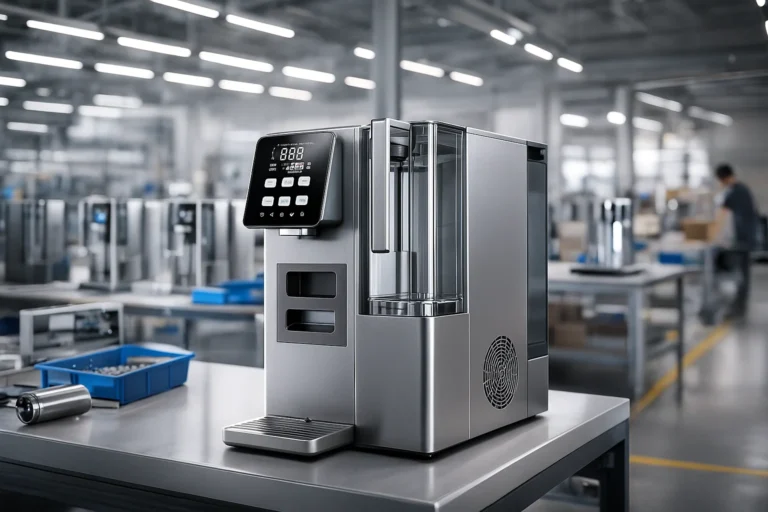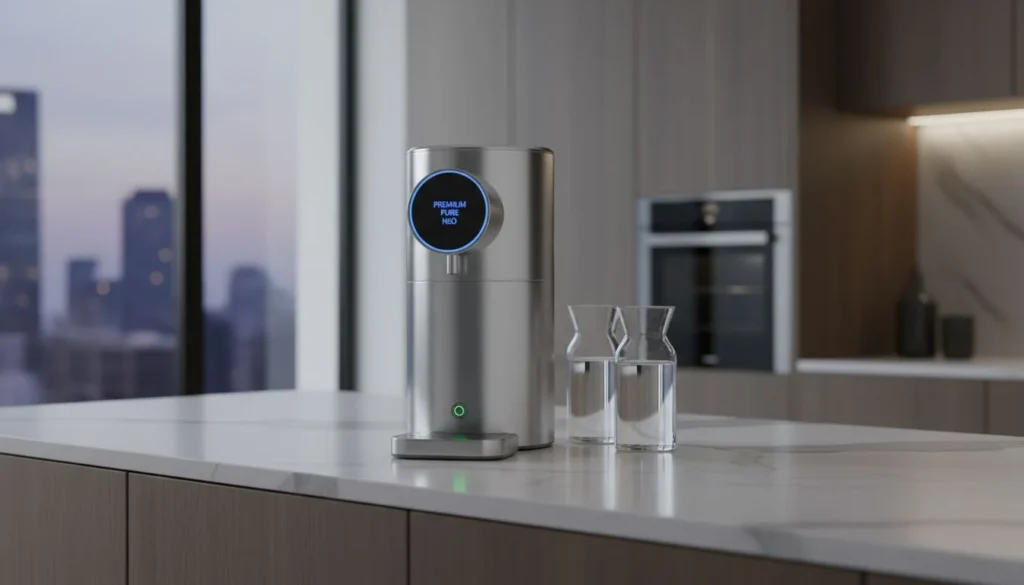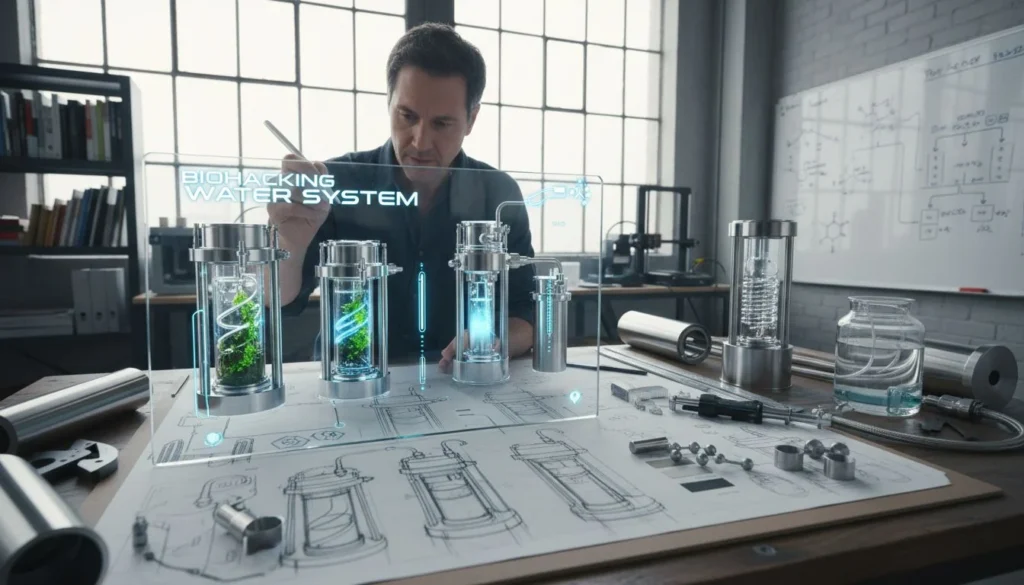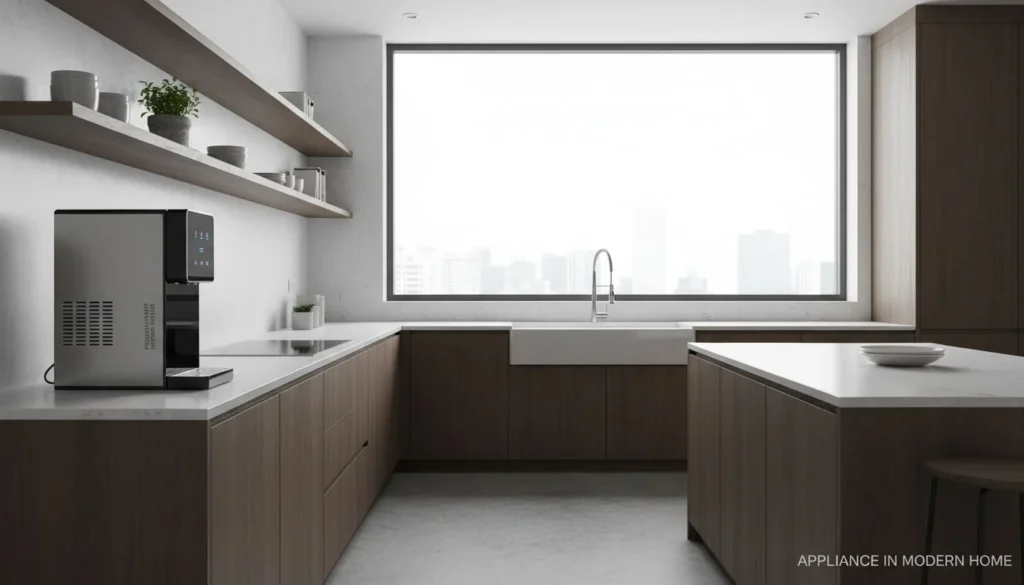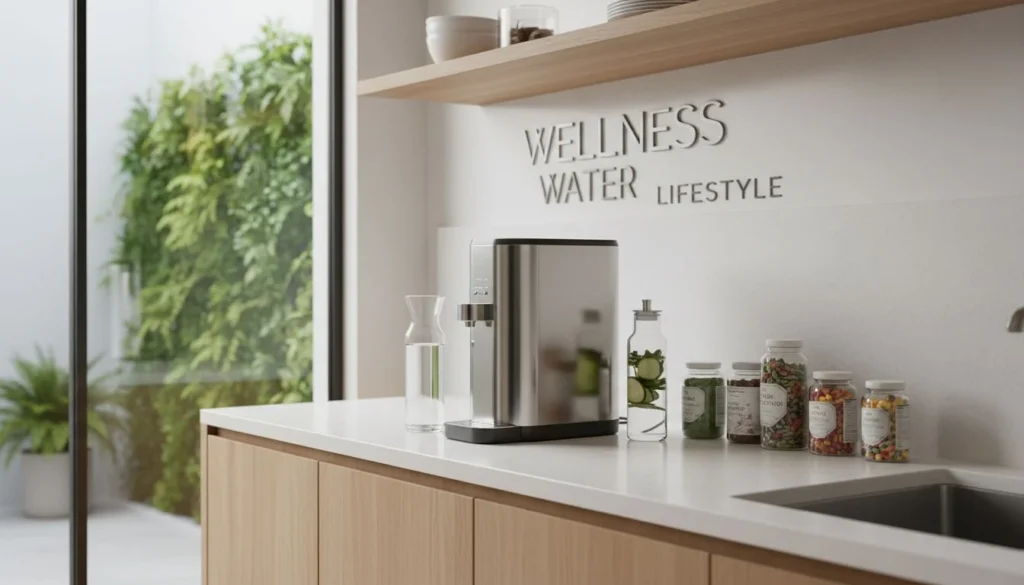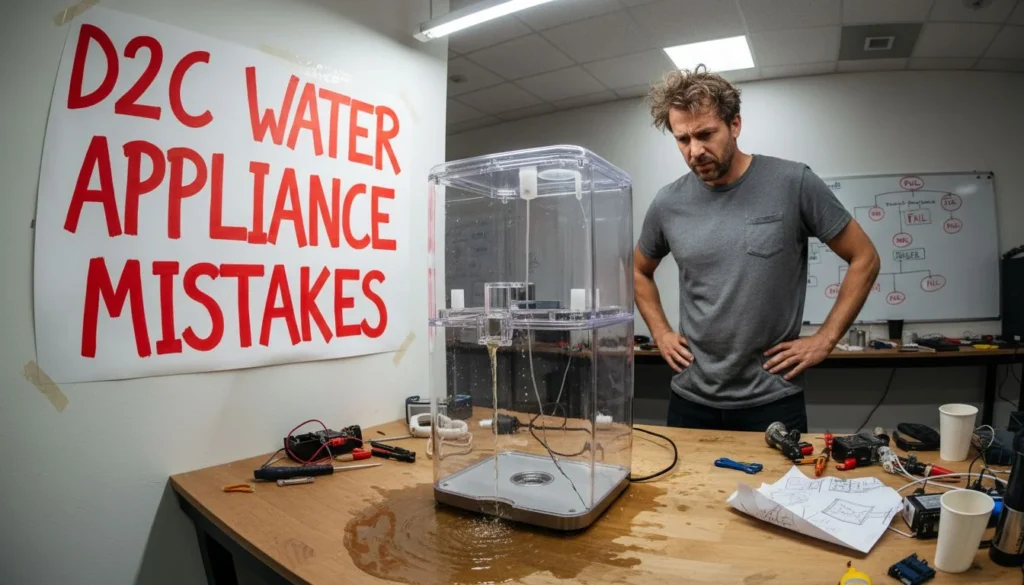Clean, safe water is a non-negotiable cornerstone of a healthy home and a successful business. For homeowners, it’s about the health of their families and the taste of their drinking water. For businesses in sectors like food and beverage, healthcare, and manufacturing, water quality directly impacts product consistency, equipment longevity, and regulatory compliance.
But with a market full of acronyms—RO, UV, UF—choosing the right water purification system can feel overwhelming.
This guide will demystify these core technologies. We'll break down how Reverse Osmosis (RO), Ultraviolet (UV)und Ultrafiltration (UF) work, what they remove, and where they excel. By the end, you'll have a clear framework to decide which technology is the perfect fit for your home or business.
Understanding the Technologies: A Deep Dive
At their core, RO, UV, and UF represent three distinct approaches to water purification:
- RO and UF: Physical filtration through membranes
- UV: Light-based disinfection
Understanding this fundamental difference is the first step in making an informed choice.
Reverse Osmosis (RO): The Comprehensive Purifier
Reverse Osmosis is widely considered one of the most thorough methods of water purification available. It uses high pressure to force water through a semi-permeable membrane with incredibly fine pores—around 0.0001 microns.
Typical RO System Stages:
- Pre-filtration: Removes sand, silt, and chlorine
- RO Membrane: Blocks up to 99% of TDS, heavy metals, salts, fluoride, pesticides, Bakterienund Viren
- Post-filtration: A polishing carbon filter removes any taste or odor
✅ Best For:
- Areas with high TDS (over 300–500 ppm) or hard water
- Chemical contaminants like arsenic, fluoride, nitrates
- High-purity applications (e.g., labs, beverage production)
⚠️ Key Limitations:
- Wastewater: May waste 3+ liters for every liter purified
- Mineral Removal: Strips beneficial minerals; modern systems often include remineralization filters
- Electricity Required for the pump

Ultraviolet (UV) Disinfection: The Germ Killer
UV purification is not filtration—it's disinfection. It uses UV-C light at 254nm to destroy DNA in bacteria, viruses, and protozoa, rendering them harmless.
✅ Best For:
- Microbiologically unsafe but clear water
- Chemical-free disinfection
- Final step in multi-stage systems
⚠️ Key Limitations:
- No filtration of physical/chemical contaminants
- Requires clear water; turbidity reduces effectiveness
- Electricity needed for the lamp
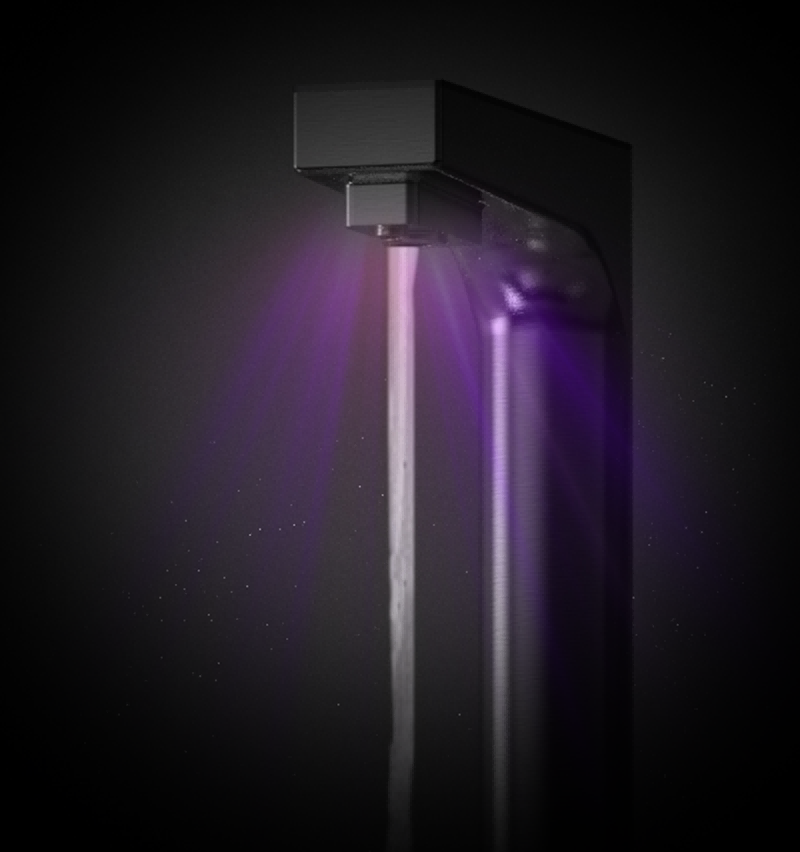
Ultrafiltration (UF): The Physical Barrier
Ultrafiltration uses membranes with \~0.01 micron pores³—larger than RO but still small enough to block Bakterien, sedimentsund larger viruses. It retains dissolved minerals and operates on normal tap pressure.
✅ Best For:
- Low TDS water with bacterial risk (e.g., boil water alerts)
- Retaining natural minerals
- Areas with unreliable electricity
⚠️ Key Limitations:
- Doesn’t remove TDS, salts, heavy metals, oder chemicals
- May not block small viruses
At-a-Glance: RO vs. UV vs. UF
| Merkmal | Reverse Osmosis (RO) | Ultraviolet (UV) | Ultrafiltration (UF) |
|---|---|---|---|
| Primary Mechanism | Molecular Separation (Pressure) | Disinfection (Light) | Physical Filtration (Membrane) |
| Pore Size | \~0.0001 micron | K.A. | \~0.01 micron |
| Removes TDS/Salts | Yes (up to 99%) | Nein | Nein |
| Removes Heavy Metals | Ja | Nein | Nein |
| Removes Chemicals | Ja | Nein | Nein |
| Removes/Kills Bacteria | Removes | Kills (99.99%) | Removes |
| Removes/Kills Viruses | Removes | Kills (99.99%) | Removes larger viruses |
| Electricity Required? | Ja | Ja | No (typically) |
| Wastewater? | Ja | Nein | Nein |
| Retains Minerals? | Nein | Ja | Ja |

The Decision Matrix: Choosing Your Ideal System
🏠 For Your Home (D2C)
Step 1: Know Your Water
- Check your Consumer Confidence Report (CCR) from your water utility
-
Test for:
- TDS
- Hardness
- Lead, arsenic, bacteria, etc.
Step 2: Choose Based on Needs
- High TDS / chemical concerns? → Go with RO
-
Low TDS but germ risk?
- Clear water & power? → UV-Reiniger
- Cloudy water / no power? → UF purifier
🏢 For Your Business (B2B)
Water is critical for operations, compliance, and branding. Your choice should reflect your industry needs:
Food & Beverage:
- RO ensures taste consistency and protects equipment
- UV provides chemical-free disinfection
Healthcare & Labs:
- RO + UV is essential for sterile und compliant environments
Manufacturing & Industry:
- RO produces boiler-safe water
- UF often used as pre-treatment to protect RO membranes³⁵
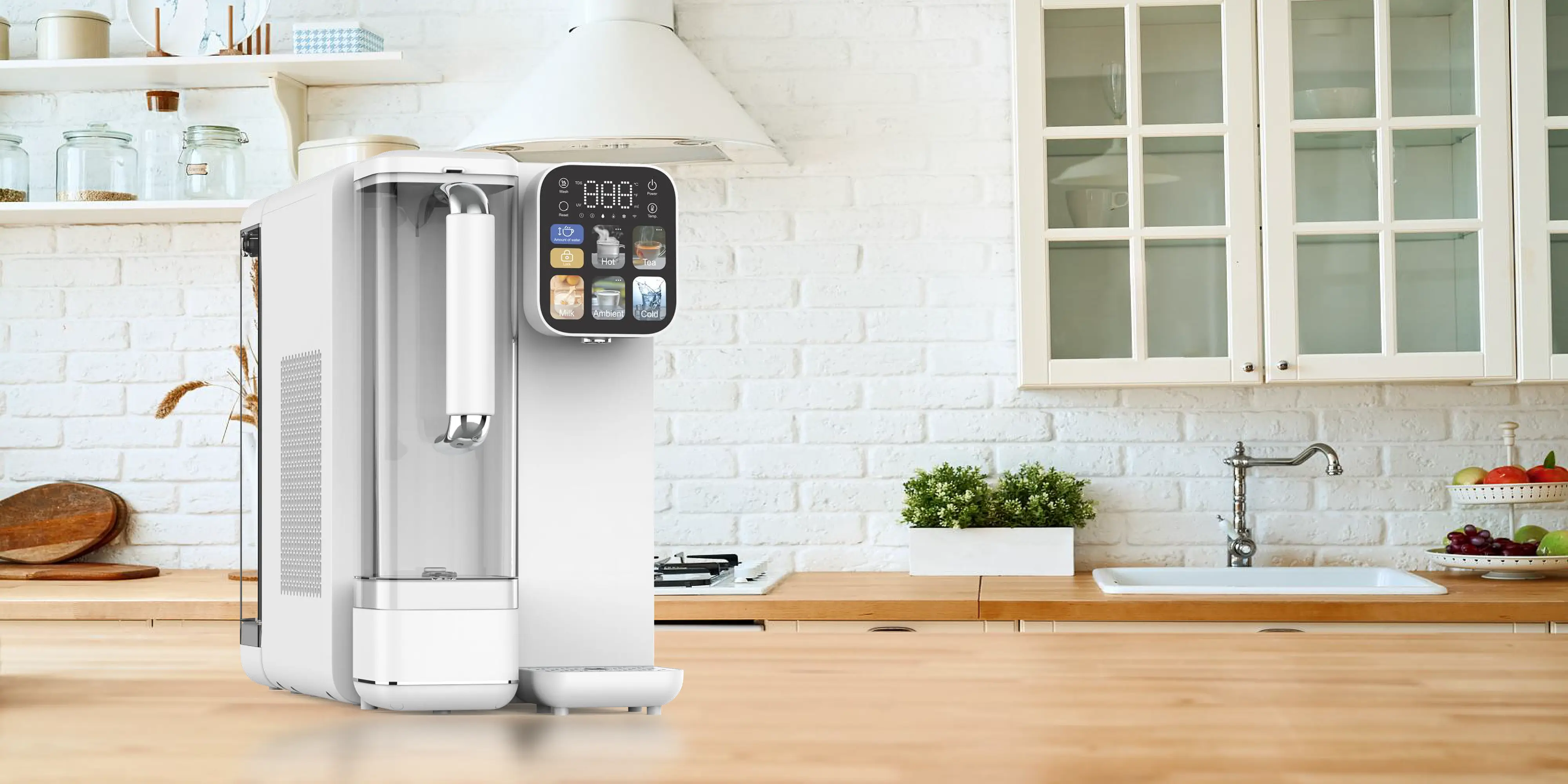
HisoAir - 20+ Years of Innovation in Water Technology,OEM/ODM Water Purification Manufacturer
The Future is Hybrid and Efficient
Modern systems combine multiple technologies for complete protection:
- RO + UV + UF: The gold standard for purity and protection
- Smarter RO: With permeate pumps to **reduce waste by up to 80%**
- LED UV: Mercury-free, energy-efficient, and durable
The Final Verdict
There is no one-size-fits-all. Choose based on your specific needs and source water:
- ✅ Choose RO: For complete purification (TDS, chemicals, hardness)
- ✅ Choose UV: For chemical-free disinfection of clear water
- ✅ Choose UF: For energy-efficient, low-cost protection when electricity is limited
👉 Tip: Always test your water and consult with a water expert to find the ideal system.
Clean, safe water isn't a luxury—it's essential. And the right purification technology makes all the difference.

